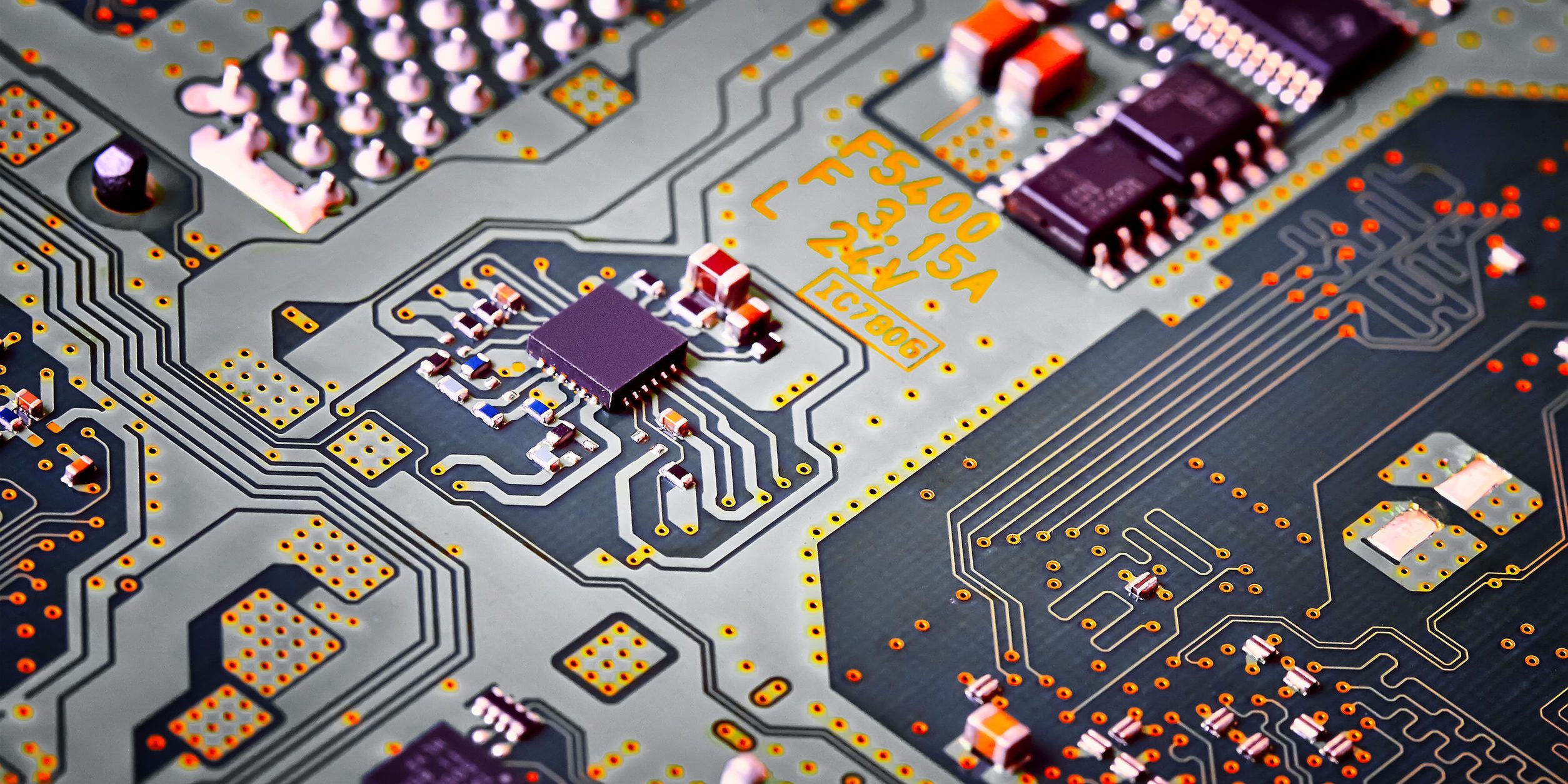Solving Common Causes of PCB Assembly Defects with IPC 7711/7721 Training
Every OEM or assembler has, at some point, encountered printed circuit board failures, and they can be very frustrating. Having to deal with assembly defects will not only cost time, but money, and the company’s reputation as well.
Because of the costly risks, PCB failures need to be resolved as quickly as possible. Fortunately, there are ways to rework and repair defective electronic assemblies. This article compiles a list of four of the most common causes of PCB failures, and how IPC-7711/7721 training can help you as an electronics manufacturer resolve these issues on your own without tapping rework and repair service providers.
Chemical Fluid Leakage
When a component on PCB leaks, the chemical fluid can cause severe damage on the circuit board like shorts, and corrosion. Though most of the chemicals are removed in the manufacturing process, trace elements can be left behind. The leaks usually happen inside the packaging of the component, causing the semiconductors to age rapidly.
Soldering Mistakes
Solders are what keep the components and the circuit in contact with one another. If there are issues with the soldering process, the PCB assembly will not work. The most common solder issues are flux contamination and poor processing conditions.
If the flux residues from soldering aren’t cleaned off, they can cause short circuits. As with poor processing conditions, they can lead to open joints and contaminated solder. Aside from this, poor component placement can also be a contributing factor to the issues with the soldering process.
Physical Defects in Materials
Defective materials used in a PCB also contribute to the failure of the board. For example, if a layer of the PCB is misaligned during the manufacturing stages, it will cause short circuits, open circuits, and crossed signal lines.
The physical defects of the materials manifest on the board in the form of fractures, voids, and delaminations. And they are most likely to affect the overall performance of the circuit board assembly.
Environmental Causes
This happens when the PCB is exposed to elements, leading to the poor performance of the overall circuit board assembly. Typical environment factors are temperature, dirt and debris, and moisture
Aside from that, power overload and accidental impacts such as ESD (Electrostatic Discharge, dropping, crushing, etc., can also contribute to PCB failure.
How IPC-7711/7721 Training Can Help Your Company Deal with PCB Assembly Defects
By understanding the points listed above, you now have an idea of the possible causes of a circuit board failure. The next step is to resolve these issues that come out of the assembly line. That’s where the IPC 7711/7721 comes in.
The IPC-7711C/7721C is a manual for the Rework of Electronic Assemblies and Repair and Modification of Printed Boards and Assemblies. IPC 7711/7721 is focused on the “reworking” part, and that covers the industry-approved techniques for removing, and replacing SMT (Surface Mount Technology), and PTH (Pin Through Hole) components on a PCB. Said techniques would help you deal with the common causes of PCB failures listed above.
***
By having IPC-7711/7721 trained operators, and an in-house IPC 7711/7721 certified trainer, you avoid the costly risks that may arise from printed circuit board failures.
Without having to acquire the services of a rework and repair service provider, you save time, resources, and money. Above all, you ensure the high quality of the rework and repair on your circuit board assemblies.






